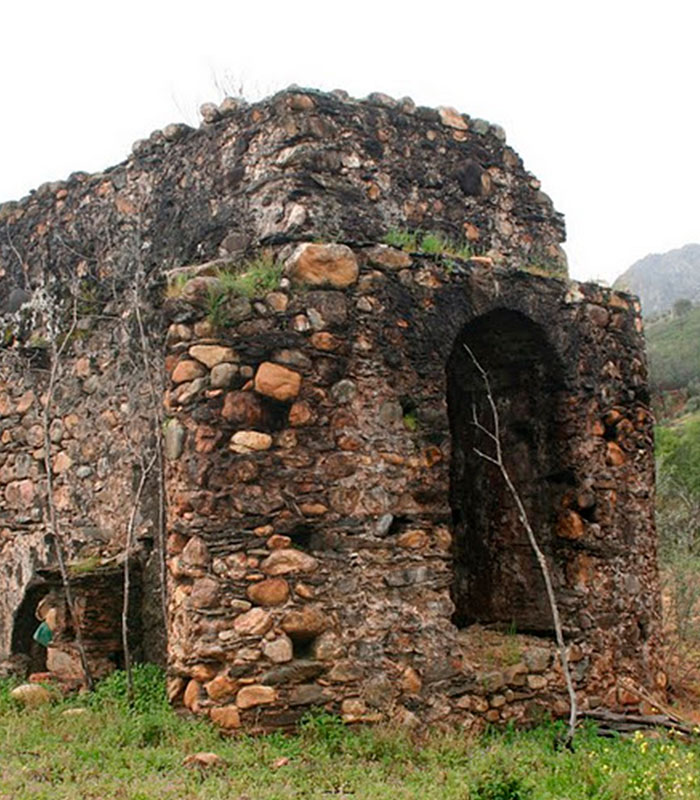Along its course the River Guadalupejo had a large number of hydraulic works, most of which are directly linked to the history of the Real Monasterio and the town of Guadalupe. These infrastructures reveal the importance of watercourses to medieval industry and the extraordinary capacity of the Hieronymite monks for making the most of them.
Near Guadalupe runs the River Guadalupejo, which has been declared an ecological and biodiversity corridor owing to its natural values; these include one of the best riverside woodlands in Extremadura. This river also has an unusual cultural heritage. This consists of the various hydraulic projects which were implemented in the 14th and 15th centuries, most of them related to the prosperity of the Hieronymite community of the nearby Real Monasterio de Santa María de Guadalupe. All along the course of this river we find a succession of small dams, fulling mills, mills, water mills, and drop hammers which have given rise to the Route of the Mills.
One of the most noteworthy expressions of medieval engineering is the so-called Fulling Mill, also known as the Batán de Arriba (Upper Fulling Mill), which leads us to suppose that there must have been another fulling mill downstream which no longer exists. Fulling mills were used for two tasks; on the one hand for removing the irregularities and the grease from the wool and on the other for compacting the soft fabrics and making them into firmer ones. In this case their mission was to process the fabrics from which the habits of the monastic order and cloth were made at the Real Monasterio. Old references exist which mention these fulling mills and the manufacture of brown cloth by the Hieronymites.

